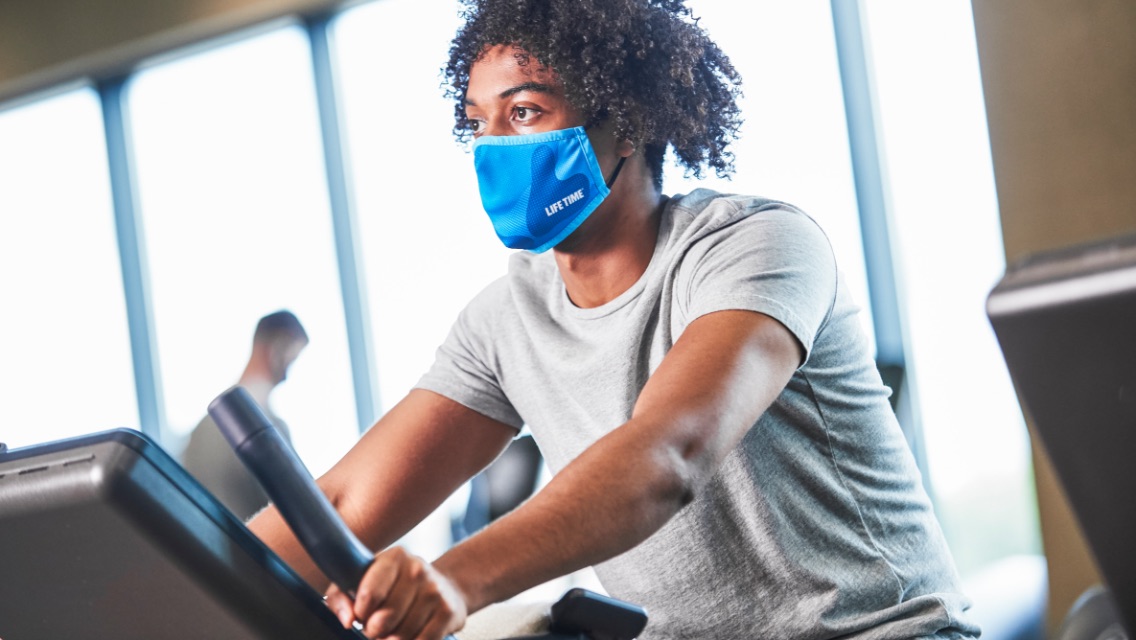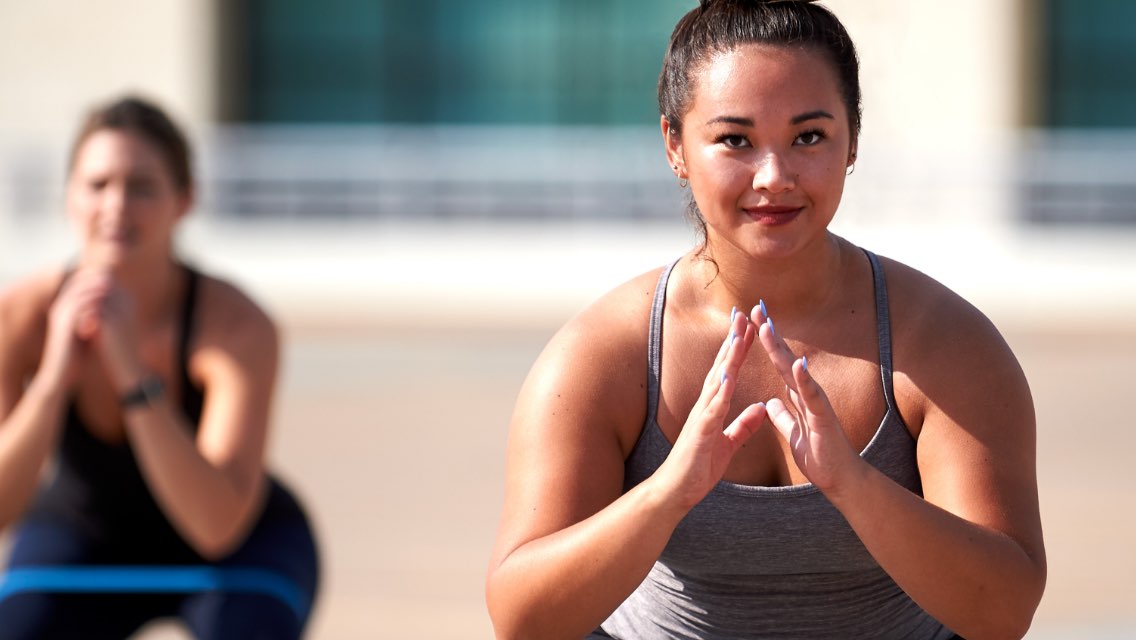People who are more aerobically fit are less likely to be hospitalized due to COVID-19, finds a new study published in the January 2021 issue of Mayo Clinic Proceedings. The study is accompanied by an editorial hailing the research and stating that “Fit is it in COVID-19, future pandemics, and overall healthy living.”
Numerous past studies have reinforced the value of cardiorespiratory fitness — fitness of the heart and lungs — for maintaining general health as well as building immunity against viruses, bacterial flus, and other chronic diseases. And a meta-review from the University of New Orleans of other recent studies finds that fitness is a key defense against the severity of the coronavirus.
This is the first research, however, to find a direct relationship between aerobic fitness and COVID-19 hospitalization risk.
“This is one more reason to take that walk or get on the exercise bike,” said lead researcher Clinton Brawner, PhD, clinical exercise physiologist in Preventive Cardiology at Henry Ford Hospital in Detroit. “It adds to the current understanding that exercise and good fitness levels are related to a lower risk of upper-respiratory tract infections like COVID-19 and suggests that people may generally tolerate this infection better if they are more fit.”
Respiratory viral infections such as COVID cause a systemic inflammatory response that places a substantial burden on the heart and lungs, study authors explain. Aerobic exercise — including walking, running, rowing, and cycling — increases a person’s cardiopulmonary fitness and improves immune function, both of which play an important role in reducing the negative effects associated with respiratory infections, they note.
The study followed 1,181 participants who underwent a treadmill exercise-stress test between January 2016 and February 2020 and were then tested for COVID in spring 2020. Out of that group, 246 (21 percent) tested positive for the virus; 89 of them (36 percent) were hospitalized.
Researchers examined the difference in aerobic fitness between COVID patients who were hospitalized and those who were not, using the standard measurement of aerobic fitness from exercise-stress tests — metabolic equivalents of task (METs). One MET is about equivalent to the amount of energy used at seated rest; walking at a normal pace requires about 3.5 METs.
The researchers found those who were hospitalized had lower fitness than those who were not hospitalized. And higher fitness levels provided further assurance: Every 1 MET higher peak fitness was associated with a 13 percent lower risk of hospitalization due to COVID.
Smoking, high blood pressure, and type 2 diabetes have the greatest impact on health in the United States, the researchers note. But they believe that the risk factors of low fitness, lack of regular exercise, and obesity affect more people than any other modifiable risk factor.
The current recommendation from the World Health Organization (WHO) is to get at least 150 minutes of “moderate-intensity aerobic physical activity” per week. In summer 2020, the American College of Sports Medicine (ACSM) advised 150 to 300 minutes of moderate to vigorous exercise each week to reduce risks of severe COVID-19. This exercise prescription for people 18 to 64 has been found to lower risk of coronary heart disease, high blood pressure, stroke, type 2 diabetes, metabolic syndrome, colon and breast cancer, as well as depression.
“It doesn’t have to be 150 to 300 [minutes exactly],” says ACSM fellow William Roberts, MD, MS, professor in the Department of Family Medicine and Community Health at the University of Minnesota. “If you can only get in 30 minutes a week or 60 minutes, it’s better than none. The biggest thing . . . is to get off the couch.”
In reviewing the study, the editors of Mayo Clinic Proceedings conclude, “Increasing physical activity and overall fitness, both cardiorespiratory fitness and muscular fitness, is an essential approach to preventing cardiovascular disease and adverse cardiovascular disease outcomes as well as probably improving prognosis in future pandemics, supporting our assertion that ‘fit is it!’”
For a video presentation of the study findings, see “Maximal Exercise Capacity and Coronavirus Disease”
For examples of how to implement enough activity to support your health, see “New Exercise Guidelines: Are You Active Enough to Stay Healthy?”
For more on building immunity, see “5 Ways to Boost Your Immunity”
For an Ultra Fit workout to build baseline physical fitness, see “How to Do the Ultra Fit Workout at Home”
For a low-impact interval-training workout with a high-impact punch without overstressing your body, see “The 6-Minute Sweat Workout”
For a cardio workout that gets the whole family involved, see “The 8-Station Family Fitness Circuit“





This Post Has One Comment
[…] with this, in 2020 the American College of Sports Medicine reported that working out is a first line of immune defense against pandemics such as […]
Comments are closed.